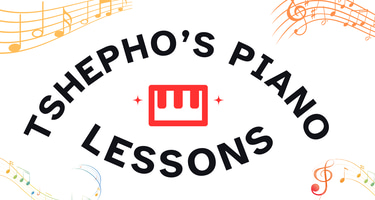Understanding Music Modes: The Phrygian Mode
TECHNIQUE
8/13/20252 min read
Understanding Modes and Their Application
In the world of music, modes serve as essential tools for creativity and expression, especially in worship settings. The Phrygian mode, known for its distinct sound, is an exciting choice for musicians looking to deepen their worship or intercession progressions. It offers a unique emotional quality that can change the atmosphere of a song dramatically. In this post, we dive into what modes are, focusing on how to utilise the Phrygian mode in your piano playing.
Identifying and Playing the Phrygian Mode
To fully utilise the Phrygian mode, it is crucial to know how to identify and play it in various keys. For instance, when playing in F, C, or other keys, the Phrygian mode consists of the notes that create its distinct sound. The interval structure is crucial for understanding this mode: it is based on the third scale degree of the major scale. This characteristic provides a sense of tension and resolution that can enrich your musical expression.
For example, if you take the C major scale and start on the D note, you can play a D Phrygian scale. The notes would be D, E, F, G, A, B, and C. Recognising and playing the Phrygian mode in all 12 keys is a foundational skill every intermediate player should develop. This versatility allows you to borrow chords from other scales, enhancing the emotional depth of your worship music.
Add Colour Through Borrowed Chords
Once you have a grasp of the Phrygian mode, the next step is to explore how to borrow chords from other scales. This technique can significantly enrich your worship progressions. For instance, you might consider incorporating chords from the harmonic minor scale or even modal interchange from Lydian or Mixolydian modes. By doing this, you can add layers to your sound, moving beyond the usual chord progressions that are often used in worship music.
To illustrate this, consider applying borrowed chords while playing a song like “We Lift Him Higher.” By integrating Phrygian chords and mixing in harmonics, you create a more dynamic and emotive arrangement that transcends the standard playing style. This approach not only enhances your performance but also spiritually uplifts those listening.
In conclusion, mastering the Phrygian mode alongside the concepts of modal interchange can transform your worship piano playing. For intermediate players ready to expand their musical vocabulary, embracing these techniques is key. Remember, the foundation of your playing lies in knowing all 12 keys first; only then can you effectively borrow and innovate. Dive into these explorations, and your progressions will reflect that newfound emotional depth.
